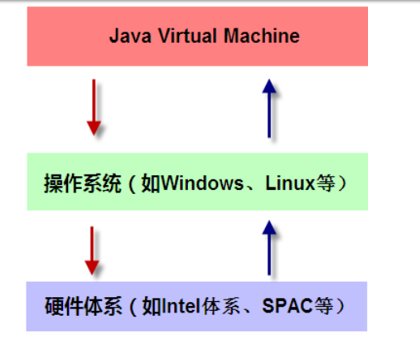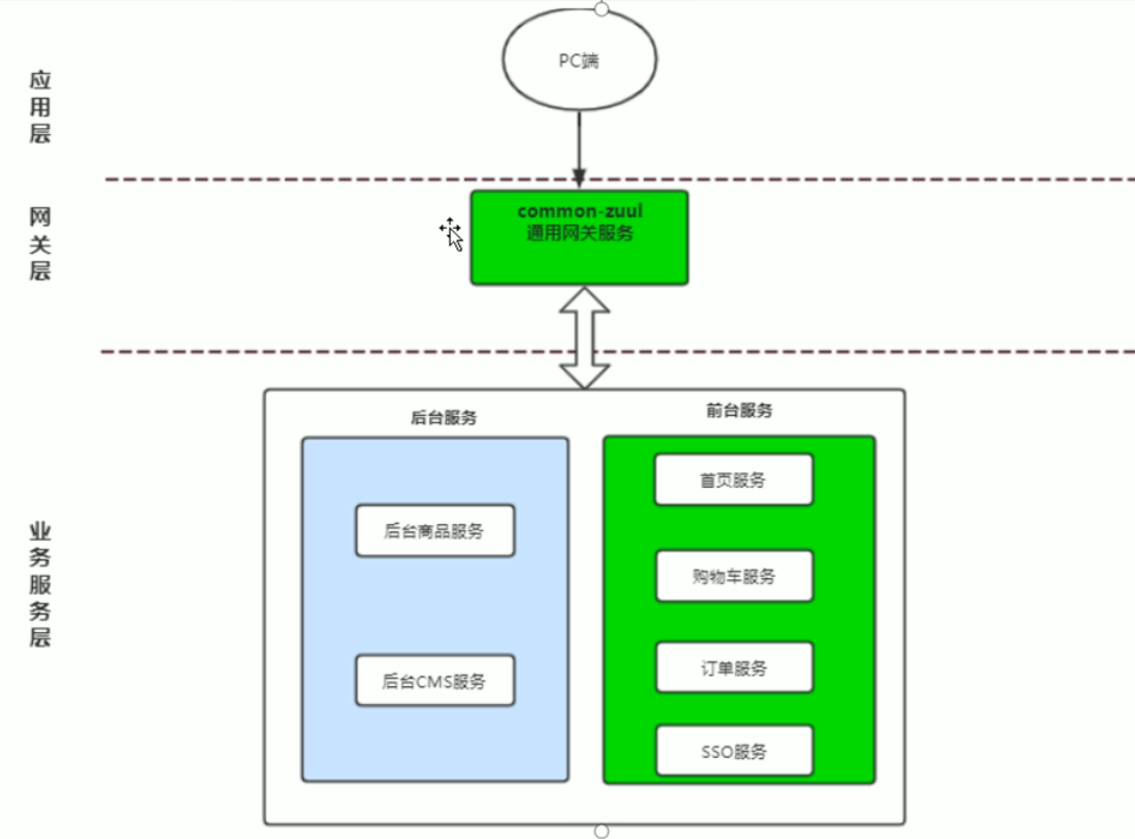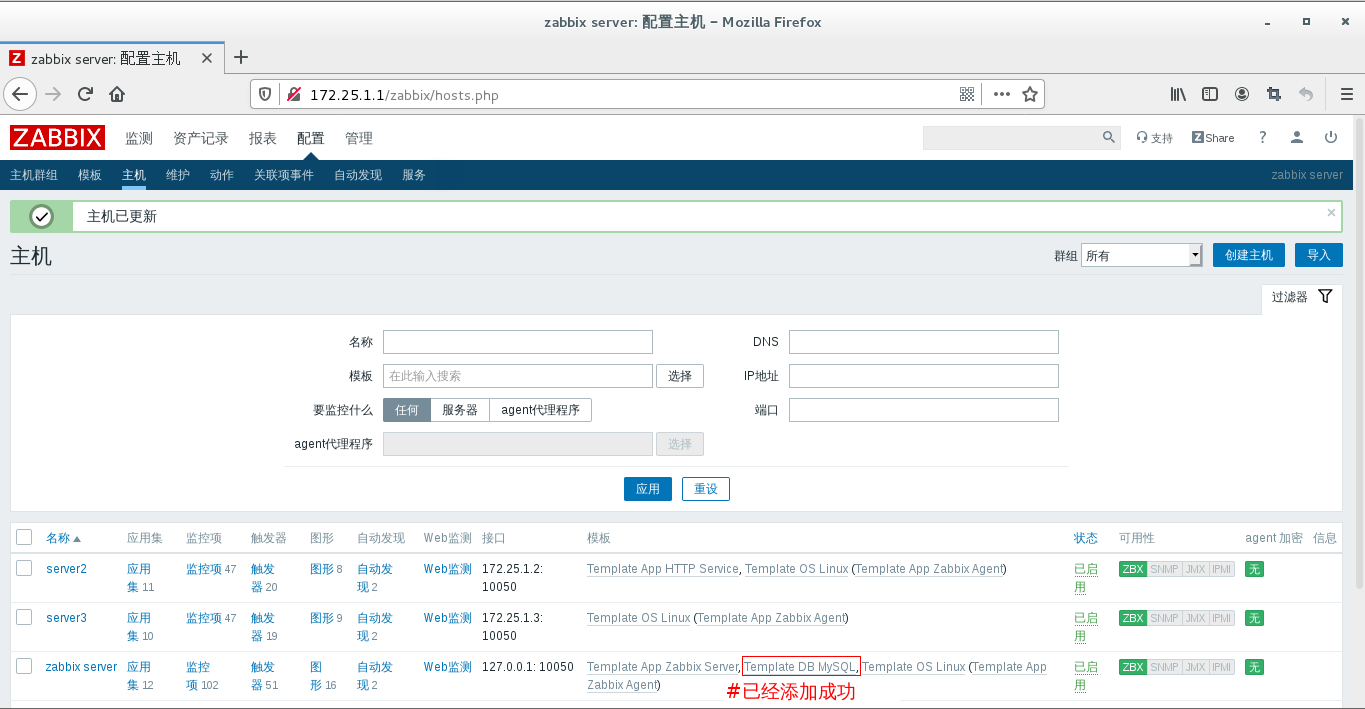JVM -- 编译器处理;语法糖(六)
语法糖(Syntactic sugar),其实就是指 java 编译器把 *.java 源码编译为 *.class 字节码的过程中,自动生成 和转换的一些代码
语法糖(Syntactic sugar),也译为糖衣语法,是由英国计算机科学家彼得·约翰·兰达(Peter J. Landin)发明的一个术语,指计算机语言中添加的某种语法,这种语法对语言的功能并没有影响,但是更方便程序员使用。通常来说使用语法糖能够增加程序的可读性,从而减少程序代码出错的机会。——百度百科
一、默认构造器
//java源码public class Candy {}//编译成class后的代码public class Candy {// 这个无参构造是编译器帮助我们加上的public Candy() {super(); // 即调用父类 Object 的无参构造方法,即调用 java/lang/Object."//<init>":()V}}
二、自动拆装箱
JDK1.5之后,新增了自动拆、装箱功能
简化基本类型和对象转换的写法
装箱:基本类型的值被封装为一个包装类对象
拆箱:一个包装类对象被拆开并获取相应的值
这是编译器的工作,在class中已经添加,虚拟机没有自动装箱和拆箱的语句
==:基本类型是内容相同,对象时指针是否相同(内存同一个区域)
基本类型没有空值,对象有null
当一个基础数据类型与封装类进行==、+、-、*、/运算时,会将封装类进行拆箱,然后再运算
如以前创建一个Integer对象,需要 使用 “new”关键字
而现在Java中可以直接赋值如下:
Integer不是new出Integer对象,而是直接赋值,就是自动装箱过程
Integer a = new Integer("100");//JDK1.5之后Integer b = 100;int x = b;
三、泛型集合取值
泛型也是在 JDK 5 开始加入的特性,但 java 在编译泛型代码后会执行 泛型擦除 的动作,即泛型信息 在编译为字节码之后就丢失了,实际的类型都当做了 Object 类型来处理
public static void main(String[] args) {List<Integer> list = new ArrayList<>();list.add(10); // 实际调用的是 List.add(Object e)Integer x = list.get(0); // 实际调用的是 Object obj = List.get(int index);}
以在取值时,编译器真正生成的字节码中,还要额外做一个类型转换的操作
// 需要将 Object 转为 IntegerInteger x = (Integer)list.get(0);
如果前面的 x 变量类型修改为 int 基本类型那么最终生成的字节码是
// 需要将 Object 转为 Integer, 并执行拆箱操作int x = ((Integer)list.get(0)).intValue();
LocalVariableTypeTable 仍然保留了方法参数泛型的信息
public static void main(java.lang.String[]);descriptor: ([Ljava/lang/String;)Vflags: ACC_PUBLIC, ACC_STATICCode:stack=2, locals=3, args_size=10: new #2 // class java/util/ArrayList3: dup4: invokespecial #3 // Method java/util/ArrayList."<init>":()V7: astore_18: aload_19: bipush 1011: invokestatic #4 // Method java/lang/Integer.valueOf:(I)Ljava/lang/Integer;14: invokeinterface #5, 2 // InterfaceMethod java/util/List.add:(Ljava/lang/Object;)Z19: pop20: aload_121: iconst_022: invokeinterface #6, 2 // InterfaceMethod java/util/List.get:(I)Ljava/lang/Object;27: checkcast #7 // class java/lang/Integer30: astore_231: returnLineNumberTable:line 8: 0line 9: 8line 10: 20line 11: 31LocalVariableTable:Start Length Slot Name Signature0 32 0 args [Ljava/lang/String;8 24 1 list Ljava/util/List;31 1 2 x Ljava/lang/Integer;LocalVariableTypeTable:Start Length Slot Name Signature8 24 1 list Ljava/util/List<Ljava/lang/Integer;>;
使用反射,仍然能够获得这些信息
public Set<Integer> test(List<String> list, Map<Integer, Object> map) {}Method test = Candy3.class.getMethod("test", List.class, Map.class);Type[] types = test.getGenericParameterTypes();for (Type type : types) {if (type instanceof ParameterizedType) {ParameterizedType parameterizedType = (ParameterizedType) type;System.out.println("原始类型 - " + parameterizedType.getRawType());Type[] arguments = parameterizedType.getActualTypeArguments();for (int i = 0; i < arguments.length; i++) {System.out.printf("泛型参数[%d] - %s\n", i, arguments[i]);}}}
输出:
原始类型 - interface java.util.List泛型参数[0] - class java.lang.String原始类型 - interface java.util.Map泛型参数[0] - class java.lang.Integer泛型参数[1] - class java.lang.Object
四、可变参数
可变参数也是 JDK 5 开始加入的新特性
public class Candy4 {public static void foo(String... args) {String[] array = args; // 直接赋值System.out.println(array);}public static void main(String[] args) {foo("hello", "world");}}
可变参数 String… args 其实是一个 String[] args ,从代码中的赋值语句中就可以看出来。 同样 java 编译器会在编译期间将上述代码变换为
public class Candy4 {public static void foo(String[] args) {String[] array = args; // 直接赋值System.out.println(array);}public static void main(String[] args) {foo(new String[]{"hello", "world"});}}
注:
调用了 foo() 则等价代码为 foo(new String[]{}) ,创建了一个空的数组,而不会传递 null 进去
五、foreach 循环
foreach是 JDK 5 开始引入的语法糖,数组的循环
public static void main(String[] args) {int[] array = {1, 2, 3, 4, 5}; // 数组赋初值的简化写法也是语法糖for (int e : array) {System.out.println(e);}}public static void main(String[] args) {List<Integer> list = Arrays.asList(1,2,3,4,5);for (Integer i : list) {System.out.println(i);}}
会被编译器转换为
public static void main(String[] args) {int[] array = new int[]{1, 2, 3, 4, 5};for(int i = 0; i < array.length; ++i) {int e = array[i];System.out.println(e);}}public static void main(String[] args) {List<Integer> list = Arrays.asList(1, 2, 3, 4, 5);Iterator iter = list.iterator();while(iter.hasNext()) {Integer e = (Integer)iter.next();System.out.println(e);}}
注:
foreach 循环写法,能够配合数组,以及所有实现了 Iterable 接口的集合类一起使用,其中 Iterable 用来获取集合的迭代器( Iterator )
六、switch 字符串
JDK 7 开始,switch 可以作用于字符串和枚举类
public static void choose(String str) {switch (str) {case "hello": {System.out.println("h");break;}case "world": {System.out.println("w");break;}}}
注:
switch 配合 String 和枚举使用时,变量不能为null
会被编译器转换为
public static void choose(String str) {byte x = -1;switch(str.hashCode()) {case 99162322: // hello 的 hashCodeif (str.equals("hello")) {x = 0;}break;case 113318802: // world 的 hashCodeif (str.equals("world")) {x = 1;}}switch(x) {case 0:System.out.println("h");break;case 1:System.out.println("w");}}
上述代码执行了两遍 switch
第一遍是根据字符串的 hashCode 和 equals 将字符串的转换为相应 byte 类型
第二遍才是利用 byte 执行进行比较。
第一遍时必须既比较 hashCode,又利用 equals 比较,是因为hashCode 是为了提高效率,减少遍历次数;而 equals 是为了防止 hashCode 冲突,例如 BM 和 C. 这两个字符串的hashCode值都是 2123
如下代码
public static void choose(String str) {switch (str) {case "BM": {System.out.println("h");break;}case "C.": {System.out.println("w");break;}}}
会被编译器转换为
public static void choose(String str) {byte x = -1;switch(str.hashCode()) {case 2123: // hashCode 值可能相同,需要进一步用 equals 比较if (str.equals("C.")) {x = 1;} else if (str.equals("BM")) {x = 0;}default:switch(x) {case 0:System.out.println("h");break;case 1:System.out.println("w");}}}
七、switch 枚举
enum Sex {MALE, FEMALE}public static void foo(Sex sex) {switch (sex) {case MALE:System.out.println("男");break;case FEMALE:System.out.println("女");break;}}
转换后代码
/*** 定义一个合成类(仅 jvm 使用,对我们不可见)* 用来映射枚举的 ordinal 与数组元素的关系* 枚举的 ordinal 表示枚举对象的序号,从 0 开始* 即 MALE 的 ordinal()=0,FEMALE 的 ordinal()=1*/static class $MAP {// 数组大小即为枚举元素个数,里面存储case用来对比的数字static int[] map = new int[2];static {map[Sex.MALE.ordinal()] = 1;map[Sex.FEMALE.ordinal()] = 2;}}public static void foo(Sex sex) {int x = $MAP.map[sex.ordinal()];switch (x) {case 1:System.out.println("男");break;case 2:System.out.println("女");break;}}
八、枚举类
JDK 7 新增了枚举类
转换后代码
public final class Sex extends Enum<Sex> {public static final Sex MALE;public static final Sex FEMALE;private static final Sex[] $VALUES;static {MALE = new Sex("MALE", 0);FEMALE = new Sex("FEMALE", 1);$VALUES = new Sex[]{MALE, FEMALE};}/*** Sole constructor. Programmers cannot invoke this constructor.* It is for use by code emitted by the compiler in response to* enum type declarations.** @param name - The name of this enum constant, which is the identifier* used to declare it.* @param ordinal - The ordinal of this enumeration constant (its position* in the enum declaration, where the initial constant isassigned*/private Sex(String name, int ordinal) {super(name, ordinal);}public static Sex[] values() {return $VALUES.clone();}public static Sex valueOf(String name) {return Enum.valueOf(Sex.class, name);}}
九、try-with-resources
JDK 7 开始新增了对需要关闭的资源处理的特殊语法 try-with-resources
try(资源变量 = 创建资源对象){} catch( ) {}
资源对象需要实现 AutoCloseable 接口,例如 InputStream 、 OutputStream 、 Connection 、 Statement 、 ResultSet 等接口都实现了 AutoCloseable ,使用 try-withresources 可以不用写 finally 语句块,编译器会帮助生成关闭资源代码
public static void main(String[] args) {try(InputStream is = new FileInputStream("d:\\1.txt")) {System.out.println(is);} catch (IOException e) {e.printStackTrace();}}
会被转换为
public static void main(String[] args) {try {InputStream is = new FileInputStream("d:\\1.txt");Throwable t = null;try {System.out.println(is);} catch (Throwable e1) {// t 是我们代码出现的异常t = e1;throw e1;} finally {// 判断了资源不为空if (is != null) {// 如果我们代码有异常if (t != null) {try {is.close();} catch (Throwable e2) {// 如果 close 出现异常,作为被压制异常添加t.addSuppressed(e2);}} else {// 如果我们代码没有异常,close 出现的异常就是最后 catch 块中的 eis.close();}}}} catch (IOException e) {e.printStackTrace();}}}
设计一个 addSuppressed(Throwable e) (添加被压制异常)的方法,是为了防止异常信 息的丢失(想想 try-with-resources 生成的 fianlly 中如果抛出了异常)
public static void main(String[] args) {try (MyResource resource = new MyResource()) {int i = 1/0;} catch (Exception e) {e.printStackTrace();}}class MyResource implements AutoCloseable {public void close() throws Exception {throw new Exception("close 异常");}}
输出:
java.lang.ArithmeticException: / by zeroat test.Test6.main(Test6.java:7)Suppressed: java.lang.Exception: close 异常at test.MyResource.close(Test6.java:18)at test.Test6.main(Test6.java:6)
如以上代码所示,两个异常信息都不会丢
十、方法重写时的桥接方法
方法重写时对返回值分两种情况
1、父子类的返回值完全一致
2、子类返回值可以是父类返回值的子类
class A {public Number m() {return 1;}}class B extends A {@Override// 子类 m 方法的返回值是 Integer 是父类 m 方法返回值 Number 的子类public Integer m() {return 2;}}
对于子类,java 编译器会做如下处理
class B extends A {public Integer m() {return 2;}// 此方法才是真正重写了父类 public Number m() 方法public synthetic bridge Number m() {// 调用 public Integer m()return m();}}
桥接方法比较特殊,仅对 java 虚拟机可见,并且与原来的 public Integer m() 没有命名冲突,可以 用下面反射代码来验证
for (Method m : B.class.getDeclaredMethods()) {System.out.println(m);}
输出
public java.lang.Integer test.candy.B.m()public java.lang.Number test.candy.B.m()
十一、匿名内部类
public static void main(String[] args) {Runnable runnable = new Runnable() {@Overridepublic void run() {System.out.println("ok");}};}
转换后代码
// 额外生成的类final class Candy11$1 implements Runnable {Candy11$1() {}public void run() {System.out.println("ok");}}public class Candy11 {public static void main(String[] args) {Runnable runnable = new Candy11$1();}}
引用局部变量的匿名内部类,源代码
public class Candy11 {public static void test(final int x) {Runnable runnable = new Runnable() {@Overridepublic void run() {System.out.println("ok:" + x);}};}}
转换后代码
// 额外生成的类final class Candy11$1 implements Runnable {int val$x;Candy11$1(int x) {this.val$x = x;}public void run() {System.out.println("ok:" + this.val$x);}}public class Candy11 {public static void test(final int x) {Runnable runnable = new Candy11$1(x);}}
注:
这同时解释了为什么匿名内部类引用局部变量时,局部变量必须是 final 的:因为在创建 Candy11$1 对象时,将 x 的值赋值给了 Candy11$1 对象的 val$x 属性,所以 x 不应该再发生变 化了,如果变化,那么 val$x 属性没有机会再跟着一起变化



































还没有评论,来说两句吧...